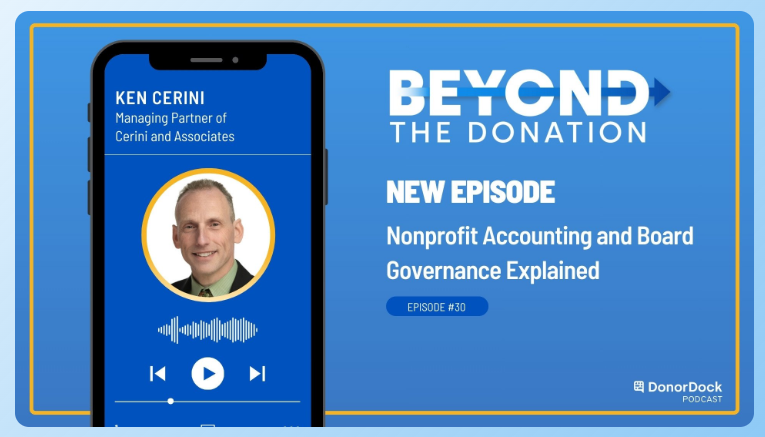Many businesses recognize the significance of having some sort of employee retirement plan put in place; however, a large number of these businesses don’t understand the importance of performing annual reviews of these retirement plans in order to decrease the risk of errors, breaches of fiduciary duty, and misunderstandings among participants.
A primary reason that many employers do not place enough emphasis on their employee retirement plans is that they are unaware of the fact that they, on an individual level, are fiduciaries of their retirement plans. As a fiduciary, these employers may be personally liable for losses of the plan. This general unawareness was demonstrated in a 2014 survey in which anywhere from one-third to one-half of respondents, depending on the size of the organization, stated they were unfamiliar with the liability. A separate 2015 survey of employers sponsoring retirement plans conducted by MassMutual Retirement Services noted that most employers are not regularly reviewing their retirement plans.
These surveys highlight the need for business owners (especially small business owners) to fully understand their roles in the retirement plan hierarchy, as well as their duties. Plans should be reviewed by employers in order to make sure they are aware of the features, offerings, fees, and performance of the plan. This is necessary to make decisions that will provide participants with the most benefit and ensure the plan is successful. A better understanding of employee retirement plans could significantly assist in preventing future liabilities, especially in an increasingly-litigious environment in which class action suits are threatening many companies who were delinquent in monitoring their retirement plans.
As it has been noted that many employers are unaware of the fact that they are considered to be a fiduciary of their employee retirement plan, the U.S. Department of Labor (DOL) attempted to simplify the process of identifying plan fiduciaries and their responsibilities in its publication Meeting Your Fiduciary Responsibilities. In this publication it was indicated that anyone “exercising discretion or control over the retirement plan” is a fiduciary. As such, the act of hiring a plan administrator or custodian qualifies a business owner as a fiduciary.
The typical first step in an annual review of an employee retirement plan is the inspection of the plan documents. Each retirement plan will have a retirement plan document (RPD) and a summary plan description (SPD), which contain all of the essential information regarding the plan. The topics covered by these two documents are: plan participation eligibility, vesting requirements, compensation components, and investment and disbursement options upon retirement. It’s important for business owners to be familiar with the current requirements stated in the plan documents. Additionally, an annual review allows business owners to evaluate the performance of the plan’s investments, the amount of fees being charged, any compliance matters would require the plan to be adjusted, and the accuracy of the employee compensation and demographic information.
Employers should schedule their annual employee retirement plan reviews to ensure that the plans comply with IRS and Employee Retirement Income Security Act (ERISA) regulations, as well as with the plan documents. Performing this review will assist business owners in making necessary adjustments to the plan based on both changes in legislature and discretionary revisions. To comply with ERISA, any modifications to the plan should be adequately reflected in both the RPD and SPD, and the participants should be notified of the update within 210 days after the end of the plan year in which the change was made.
As many participant contributions made into retirement plans are based on a percentage of compensation, it’s important to understand the actual definition of compensation according to each plan. The IRS defines compensation as “any payment made by an employer to an employee for services rendered in the course of the employer’s business.” However, in retirement planning, compensation can be defined in many ways for different purposes.
There is no standard formula outside of basic earned income to identify which payroll items must be included as compensation for the purpose of calculating retirement benefits, and because of this, every employer has the option to include or exclude items. These items include bonuses, commissions, overtime pay, and stock options for certain plan purposes, such as when calculating deferrals or employer matching contributions. Therefore, the IRS recommends that contributions be made based on the correct definition of compensation for each plan. When business do not adequately update or clarify employee compensation definitions it can result in misunderstandings about dollar amounts of retirement benefits.
As participants are ultimately going to request a distribution for their investments, it’s important to ensure that plan documents are clear about the distribution options available to employees upon retirement. Depending on the type of distributions the plan document allows, participants may be able to request lump sum distributions, hardship withdrawals, single life annuity, or rollover distributions, among others.
It’s worth noting that employers must ensure plan participants provide the name and contact information of their designated beneficiaries and remind them to report any changes in beneficiary that may result from divorce or death.
Despite employers bearing the responsibility for employee retirement plans, employees should be encouraged to review their plans annually, as well. Employees should take time to review their investment choices and performance throughout the year. They should also update their employer regarding any changes in contact information, selected plan options, marital status, and beneficiaries.
If you would like to know more about this topic, please contact:

Tania Quigley, CPA
Partner
Tania Quigley has been a member of Cerini & Associates’ audit and consulting practice area for ten years where she focuses on serving the firms nonprofit and employee benefit plan clientele. Tania has experience in performing financial statement audits and reviews, tax return preparation, cost report preparation and filing, retirement plan audits, and other consulting. Tania brings her expertise, diversified background, and helpful approach to all of her engagements.





